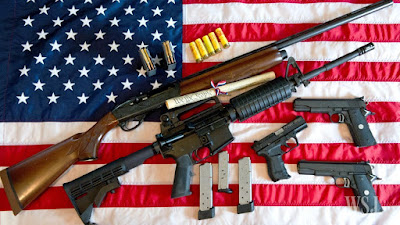The Children's Crusade 1212 - holy, passionate and fatal

Lasting only from May-Sept 1212 , the Children’s Crusade was a popular religious movement in which thousands of young people took crusading vows and set out to recover Jerusalem from the Muslims. This was probably not as surprising an event back then, as it sounds to our ears. Popular movements of religious fervour appeared whenever official crusades were preached. Preaching aroused mass enthusiasm, mostly in areas with a long tradition of crusading, as in and around the French town of Chartres . From the time of the First Crusade in the late C11th and continuing into the C13th, successive waves of crusading fervour swept over this region. This was already a turbulent era. The Albigensian Crusade (1209–29) was being preached against the heretical southern Cathars, resulting in strong military recruitment from Chartres. Spain was the scene of another Crusading crisis. A Muslim invasion from North Africa in 1210 led to the fall of Salvatierra Castle in Spain in 1211...






